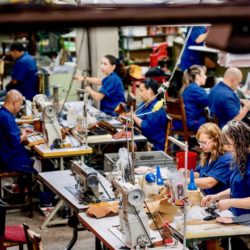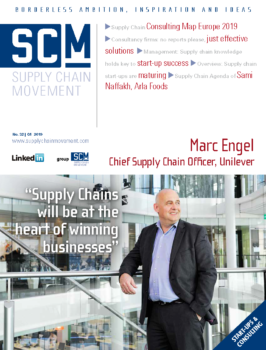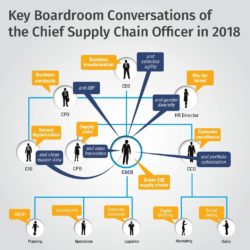Consumers force fashion sector to improve transparency

Transparency and sustainability are hot topics in the fashion world, fuelled by industry scandals such as the deadly fire in a clothing factory in Bangladesh in 2013. Consumers are demanding insight into how clothes are made, which is forcing fashion companies to provide more transparency about their production process and supply chain. The visibility trend is here to stay.
By Marysa Vos
For many years, clothing factories were geared up to manufacturing huge volumes of the same products as quickly and as cheaply as possible. This often reduced the time needed to produce a new fashion collection from nine months to just a few weeks. That combination of speed and low prices placed the first stages of the clothing supply chain under increasing pressure – but things eventually reached breaking point, as illustrated by the tragedy in Savar, Bangladesh. In 2013, the eight-storey Rana Plaza commercial building collapsed in the world’s deadliest garment-factory accident in history. A total of 1,134 people died in the collapse and approximately 2,500 more were injured. News of the disaster spread rapidly online. To this day, Rana Plaza remains a high-profile example of the ugly reality of the fashion world.
Nightmare
Rana Plaza was not actually suitable for industrial use and the top four stories of the building had been added illegally, paving the way for the deadliest structural-failure accident in fashion history. The disaster was a huge wake-up call for both the sector and consumers, rousing them from the idealistic ‘fashion dream’ and starkly revealing the lack of business ethics and corporate social responsibility in the first part of the fashion supply chain. In the years following the tragedy, the whole world took an interest in the industry’s shadier side, which included unsafe working conditions and low wages. Fashion companies with manufacturing activities at Rana Plaza were held partly responsible for the disaster; brands such as Primark (UK) and Benetton (Italy) suffered significant dents to their reputation.
The nightmare scenario in Bangladesh prompted Modint, the non-profit industry association for suppliers of garments and textiles in the Netherlands, to sign a covenant with the government and member companies to prevent such malpractices from happening again. The agreement centred on safety and working conditions in the industry, particularly in manufacturing. Visibility is indispensable. “Supply chain transparency is essential in order to establish the facts, assess the situation and act accordingly,” says Willem-Jan Drost, Managing Director of Greenway Logistics, which is Modint’s logistics service provider. According to Drost, the most important aspects of visibility are insight into the suppliers, manufacturers and production locations, and into the working conditions in factories. Governments and consumers alike are placing ever-greater demands on the fashion industry, and this is starting to have an impact. “Companies have to professionalize to some extent; on the whole, they need to raise their game.” Despite Modint’s efforts, consumers remain mistrustful since the Bangladesh disaster, which explains the far-reaching and ever-growing need for transparency in the fashion industry.
Disruption of the status quo
Besides the tighter government regulations and the consumer’s constant desire for more insight into the supply chain, new entrants into the fashion industry are also making waves. For instance, Able, a new lifestyle brand, publishes employees’ wages online to raise awareness of the low pay in the industry. Apparently, clothing brands continue to pressurize manufacturers to reduce costs. As a result, 98% of workers in the fashion supply chain do not earn enough to cover their basic needs. If brands would factor in the extra costs involved in paying a ‘living wage’, the cost price would rise by just one to three percent. Able’s transparency helps consumers to make responsible decisions and choose items produced under better working conditions. … … …
 Want to read more?
Want to read more?
Subscribe to the digital subscription to read the full version >>
or
select one of our annual or digital subscriptions to receive the next issue >>
This article was first published in Supply Chain Movement 32 | Q1 – 2019









